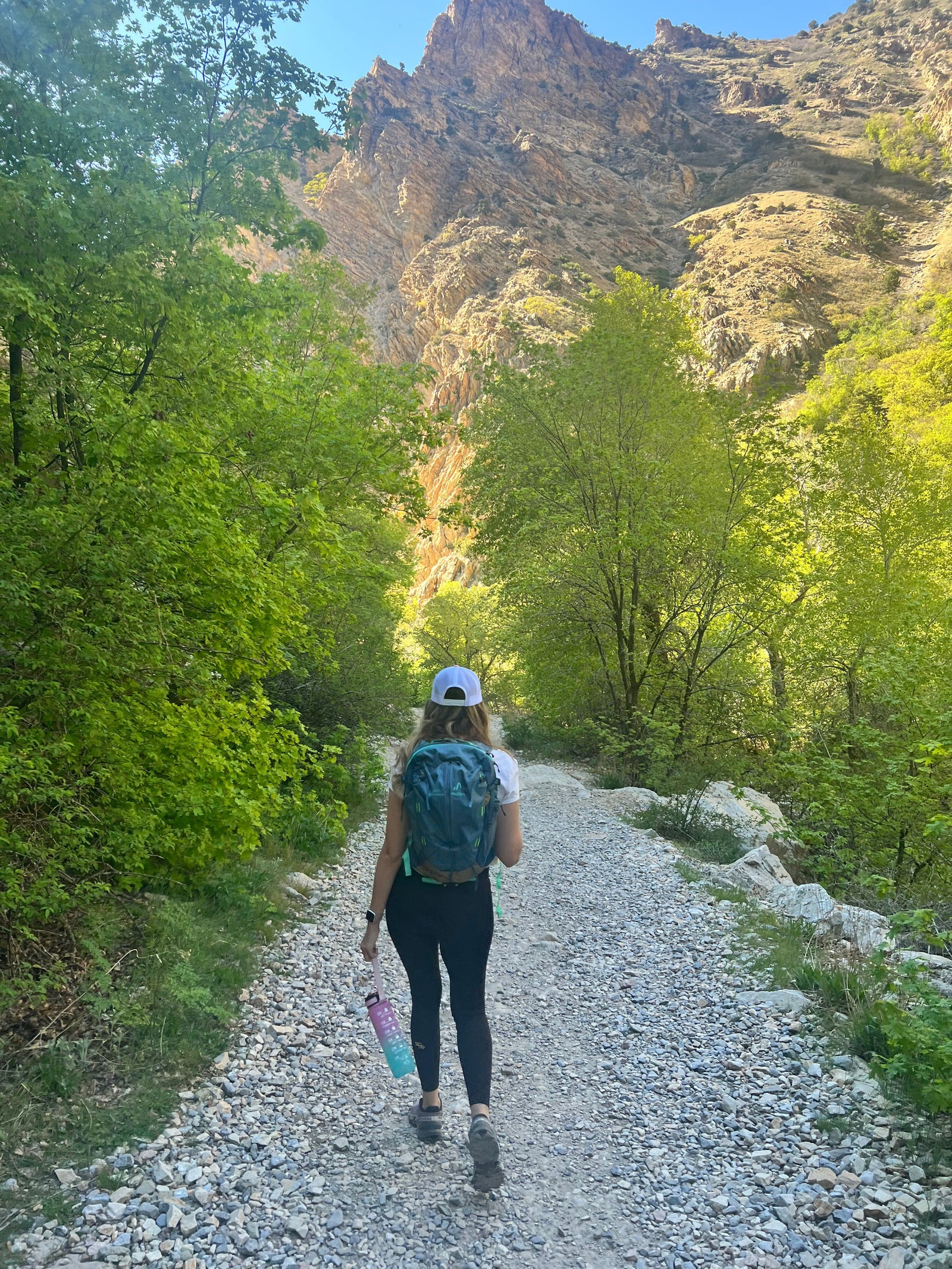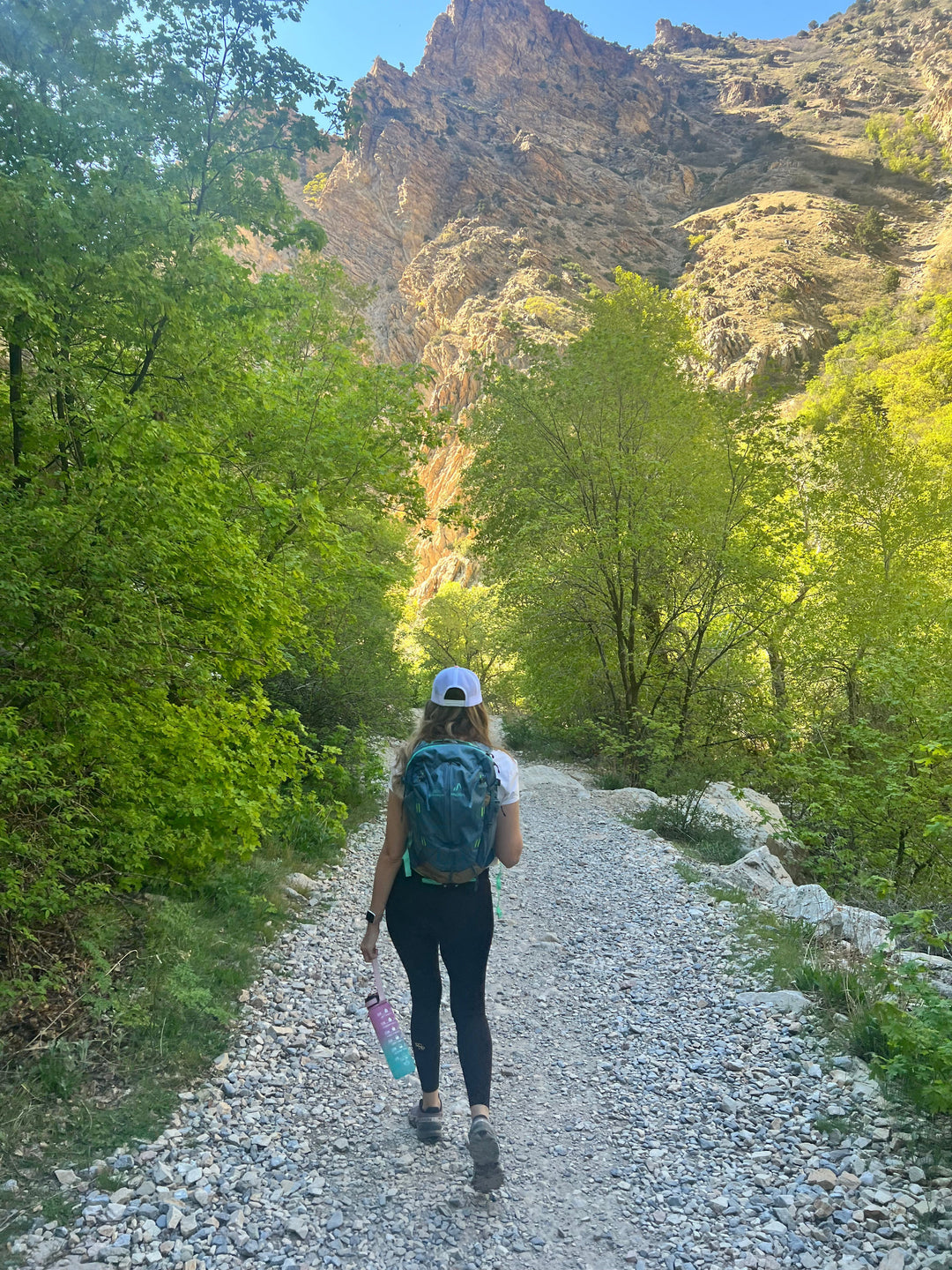The Attention Crisis — and How Nature Can Help You Get It Back

In today’s world, attention has become one of our most valuable — and most threatened — resources.
Every day, we’re bombarded by pings, pop-ups, and infinite scroll. The average person now touches their phone over 2,600 times a day, according to a study by Dscout. Other research shows our attention span has dropped to just eight seconds — shorter than that of a goldfish. This isn’t just trivia; it’s a symptom of a deeper crisis.
Psychologist Gloria Mark, author of Attention Span, found that the average knowledge worker switches tasks every 47 seconds, and it can take up to 25 minutes to refocus afterward. The more fragmented our attention becomes, the harder it is to concentrate, think deeply, or feel present in our own lives.
This isn’t how we’re wired to live.
The Attention Economy Is No Accident
The truth is, our attention is being engineered away from us.
Apps, social platforms, and digital media are designed to exploit our brain’s reward systems — triggering dopamine releases with every like, swipe, or new piece of content. Former Google design ethicist Tristan Harris refers to this as the “race to the bottom of the brainstem” — where companies compete to hijack our most primitive impulses in the name of engagement.
But this constant stimulation comes at a cost: cognitive fatigue, higher anxiety, shallow thinking, and a growing inability to be still. What we gain in convenience and connection, we often lose in clarity and peace.
Hiking: The Antidote to Fragmented Focus
If your attention feels scattered or strained, one of the most powerful things you can do is step outside.
Studies show that spending time in nature restores our ability to focus in a way that digital detoxes or mindfulness apps can’t always match. A landmark study by Rachel and Stephen Kaplan at the University of Michigan introduced the concept of Attention Restoration Theory (ART) — which argues that natural environments help replenish our "directed attention," the mental muscle we use to concentrate, solve problems, and stay present.
In one study, participants who walked through an arboretum performed 20% better on cognitive tests than those who walked through a busy urban area. Another found that just 40 seconds of viewing a natural scene improved focus and reduced mental fatigue.
Why does it work? Nature engages our minds gently, through what researchers call “soft fascination” — the rustling of leaves, the sound of water, the changing light. These subtle cues give our brains a break from effortful attention and allow deeper forms of reflection to emerge.
Reclaiming Attention, One Trail at a Time
When you lace up your boots and head into the mountains, you’re not just getting fresh air or a workout — you’re reclaiming your mind.
Hiking quiets the digital noise. It gives your nervous system a reset. It restores the rhythms of thought that often get drowned out in a world of constant input. And the best part? You don’t have to summit Everest. Even 20 minutes in a local park has been shown to lower cortisol levels and improve attention span.
In a culture that rewards speed and distraction, choosing stillness and presence is a radical act. And the trail — with its space, silence, and slow beauty — is one of the few places left where attention can stretch out and breathe again.
So this week, if your mind feels frayed or foggy, don’t just scroll for answers. Step outside. The trail is waiting.







Leave a comment